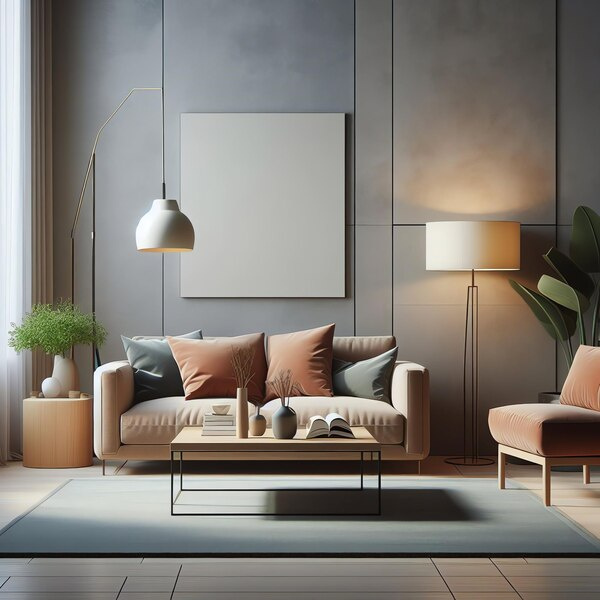Eco-Friendly Interior Design Trends
In recent years, the importance of sustainability has increasingly permeated various aspects of our lives, including how we design and decorate our homes. Eco-friendly interior design not only promotes a healthier living environment but also contributes to a sustainable future. As more homeowners seek to reduce their carbon footprint, several trends have emerged in the world of interior design, reflecting a growing commitment to using sustainable materials and practices.
One significant trend in eco-friendly interior design is the use of sustainable materials. Designers and homeowners are opting for materials that are renewable, recyclable, or have a lower environmental impact during production. Bamboo, for example, has become a popular choice for flooring and furniture due to its rapid growth rate and minimal need for fertilizers or pesticides. Similarly, reclaimed wood is highly sought after, offering a rustic charm while reducing the demand for newly cut timber.
Natural fibers are also gaining traction, not only for their aesthetic appeal but also for their eco-friendly properties. Fabrics made from organic cotton, hemp, and linen are increasingly used for upholstery, curtains, and cushions. These materials are typically produced with fewer chemicals, reducing their environmental impact and enhancing the indoor air quality.

In addition to sustainable materials, energy-efficient lighting solutions are transforming the way we illuminate our homes. LED lighting has become a staple in eco-friendly interior design, offering a long lifespan and consuming significantly less energy than traditional incandescent bulbs. Smart home technology further enhances energy efficiency, allowing for automated and precise lighting control, which can reduce energy waste.
Another key trend is the incorporation of biophilic design elements. This approach seeks to create a connection between indoor spaces and the natural environment, thus promoting well-being. Integrating plants into interior spaces not only enhances aesthetics but also improves air quality by absorbing pollutants and releasing oxygen. Living walls and indoor gardens are increasingly popular, providing a lush and dynamic element to home interiors.
Repurposing and upcycling are also at the forefront of sustainable design trends. With a focus on reducing waste and extending the lifecycle of products, many homeowners and designers are turning to vintage and second-hand furniture pieces. This not only adds a unique character to the space but also prevents otherwise discarded items from reaching landfills. Upcycling projects, such as transforming old furniture into new, stylish pieces, challenge creativity and encourage a more resourceful approach to design.
Water conservation is gaining attention in the world of eco-friendly interiors as well. Fixtures that promote reduced water usage, such as low-flow taps and dual-flush toilets, are now commonly found in sustainable homes. By making water conservation a priority, homeowners can significantly reduce their environmental impact while also saving on utilities.
Finally, as technology advances, the development of innovative sustainable building products continues to evolve. Non-toxic paints, low-emission finishes, and insulation made from recycled materials offer new possibilities for creating healthy and beautiful home interiors without compromising the planet's resources.
Adopting these eco-friendly interior design trends not only helps the environment but also creates a healthier and more harmonious living space. As more people embrace sustainability, these practices will likely become even more mainstream, driving the future of design towards an eco-conscious path and ensuring a better tomorrow for future generations.